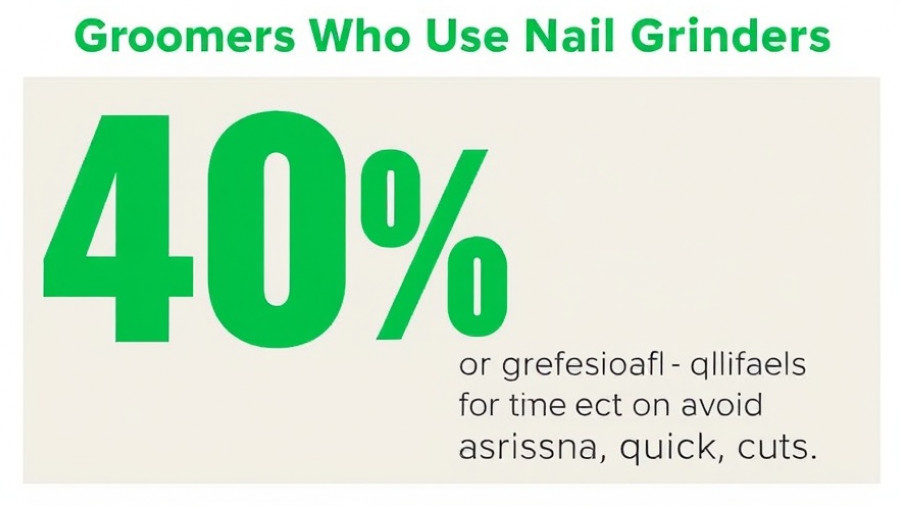
Understanding Common Bad Behaviors in Dogs
Owning a dog is a journey filled with joyous moments and unconditional love. However, it's not without its challenges, particularly when our beloved pets develop bad habits. These unwanted behaviors can lead to frustration for pet owners, disrupting the peaceful home environment. Understanding the root causes of these habits is crucial before embarking on a training regimen.
Why Does Your Dog Develop Bad Habits?
Many dogs develop behaviors such as excessive barking, destructive chewing, jumping, leash pulling, and begging for food. It's important to note that these behaviors often have deeper roots.
- Barking: Dogs bark for various reasons including alerting, seeking attention, or expressing anxiety. It's essential to consider the context; if a dog is barking at passersby, it may be a territorial response. If the barking stems from separation anxiety, addressing this root cause with a veterinarian is beneficial.
- Destructive Chewing: While chewing is natural, it can turn problematic when directed at furniture or personal items. This behavior often indicates boredom or anxiety. Noting when and where this behavior occurs can provide insights into its origin.
- Jumping: When dogs jump on people, it is often a misguided form of greeting. While seemingly affectionate, this behavior can be dangerous and should be addressed promptly.
- Leash Pulling: Pulling on a leash during walks can be a source of frustration. It usually stems from excitement or poor training and can lead to injuries.
- Begging: Dogs often learn to beg for food as they associate humans eating with receiving food. This behavior can not only become annoying but can lead to health issues such as obesity.
Positive Reinforcement: Transforming Bad Habits
Once you understand the reasons behind these behaviors, the next step involves correcting them through positive reinforcement techniques. This method not only addresses bad habits but also strengthens the bond between the owner and the dog.
Using rewards for good behavior encourages dogs to adopt positive habits. Instead of punishing negative actions, providing treats, affection, or playtime when your dog behaves correctly fosters a more constructive environment.
Empowering Your Dog with Clear Commands
Establishing clear commands can significantly improve your dog's behavior. For example, teaching your dog to sit before they receive attention can reduce unwanted jumping. Implementing a consistent training regime and maintaining patience often leads to long-term changes.
Creating a Structured Environment
Another essential aspect of dog training involves creating a structured and predictable environment for your pet. Regular feeding, exercise, and playtime can alleviate anxiety that often leads to unwanted behavior.
Consider setting specific times for walks and meals to enhance your dog’s sense of security. Moreover, engaging in sufficient physical activity will expend excess energy, reducing the likelihood of destructive behaviors.
Seeking Professional Help
If self-training isn't yielding the desired results, it may be advisable to consult a professional dog trainer. Trainers can often offer tailored strategies that align with your dog’s specific needs and behavioral issues.
Understanding these dynamics surrounding your pet's behavior can empower you to help them live a healthier and happier life. Moreover, it nurtures a deeper connection between you and your furry friend.
In conclusion, addressing bad habits in dogs involves understanding their motivations and utilizing positive reinforcement techniques. The journey may have its challenges, but the rewards—a well-behaved companion and a harmonious living environment—are well worth it.
As you embark on this journey, be patient and loving, and remember that every step forward is a step towards a stronger bond with your pet. Start implementing these strategies today and witness the positive transformation in your dog's behavior!
 Add Row
Add Row  Add
Add 




Write A Comment